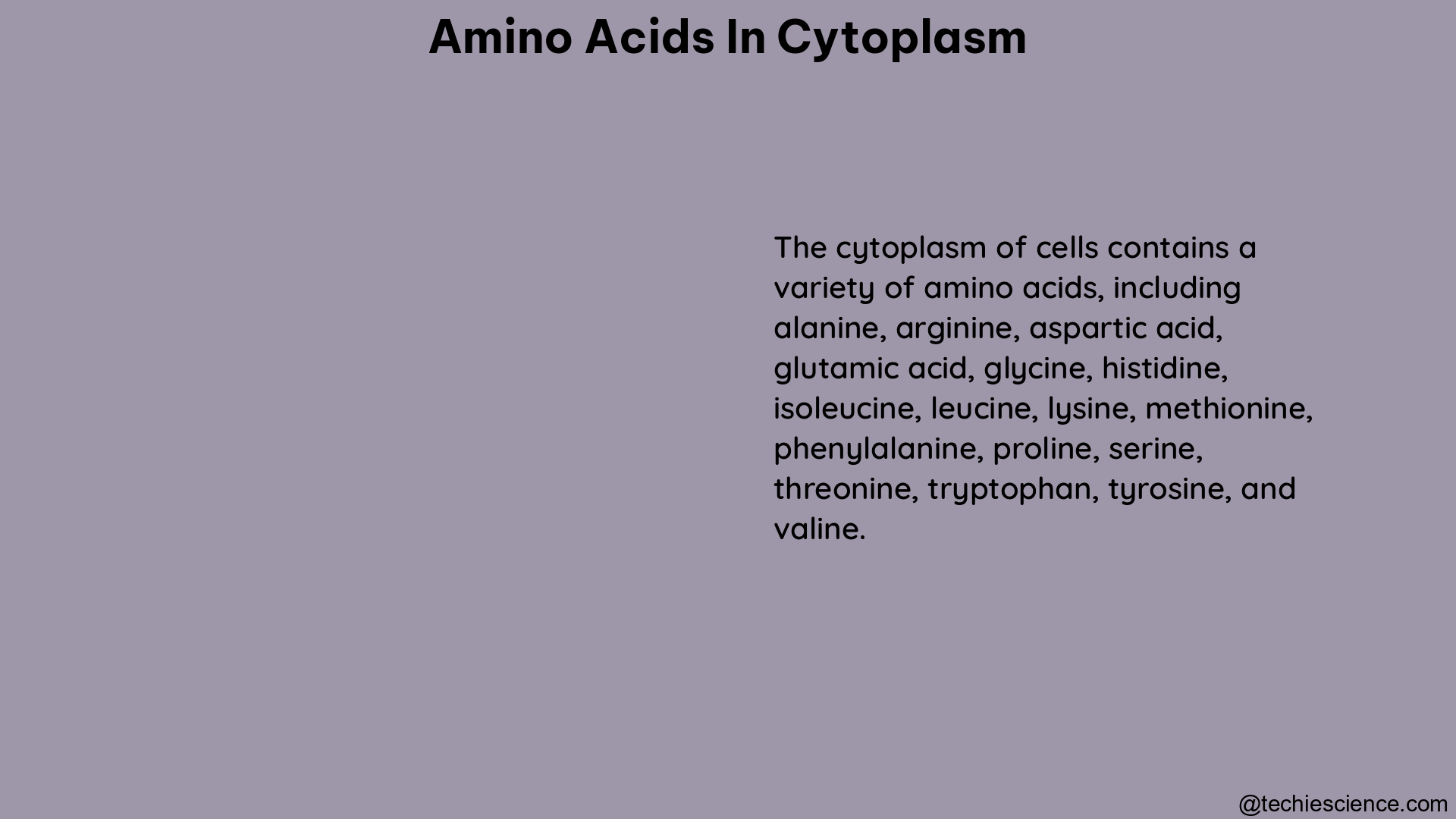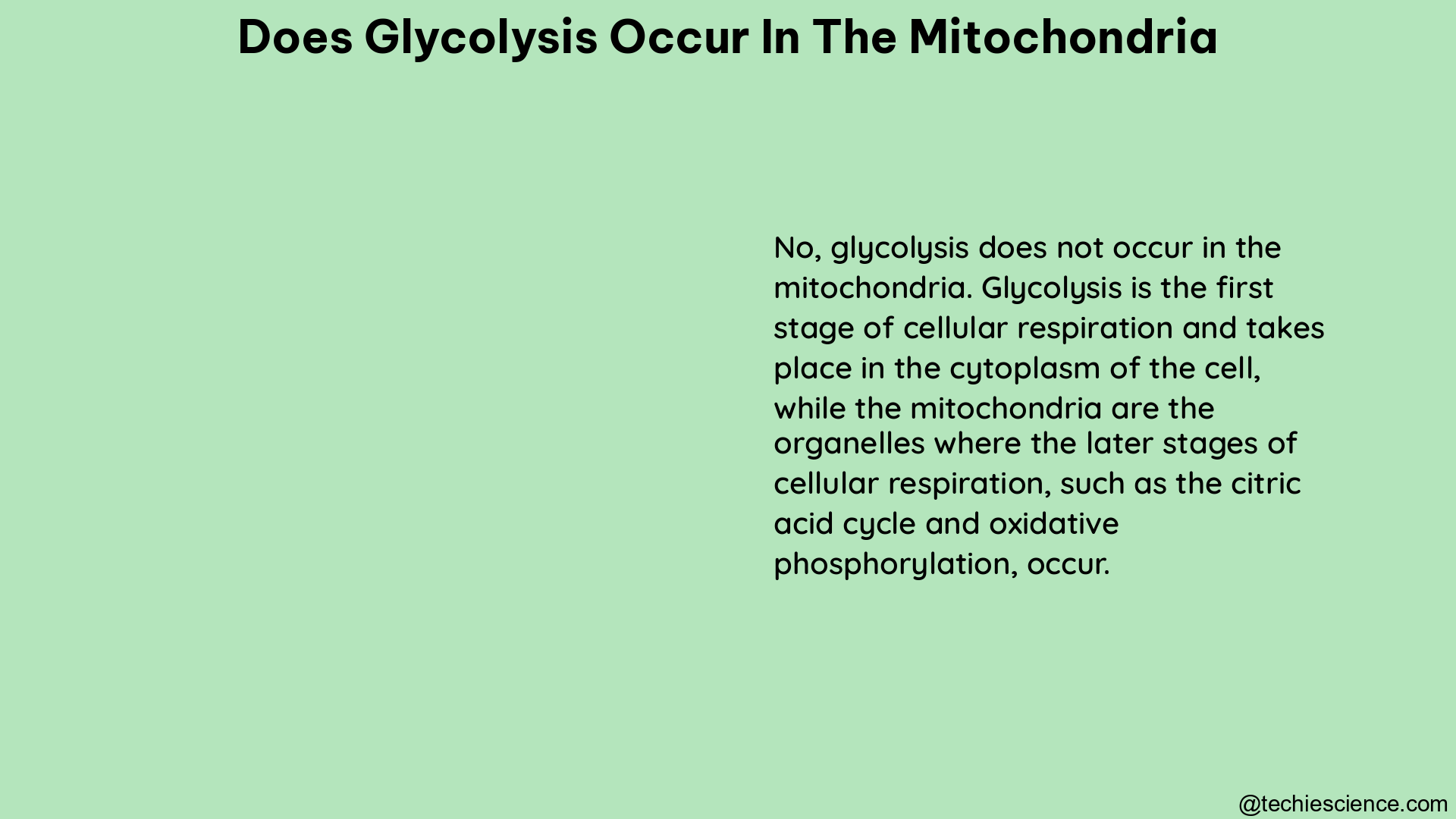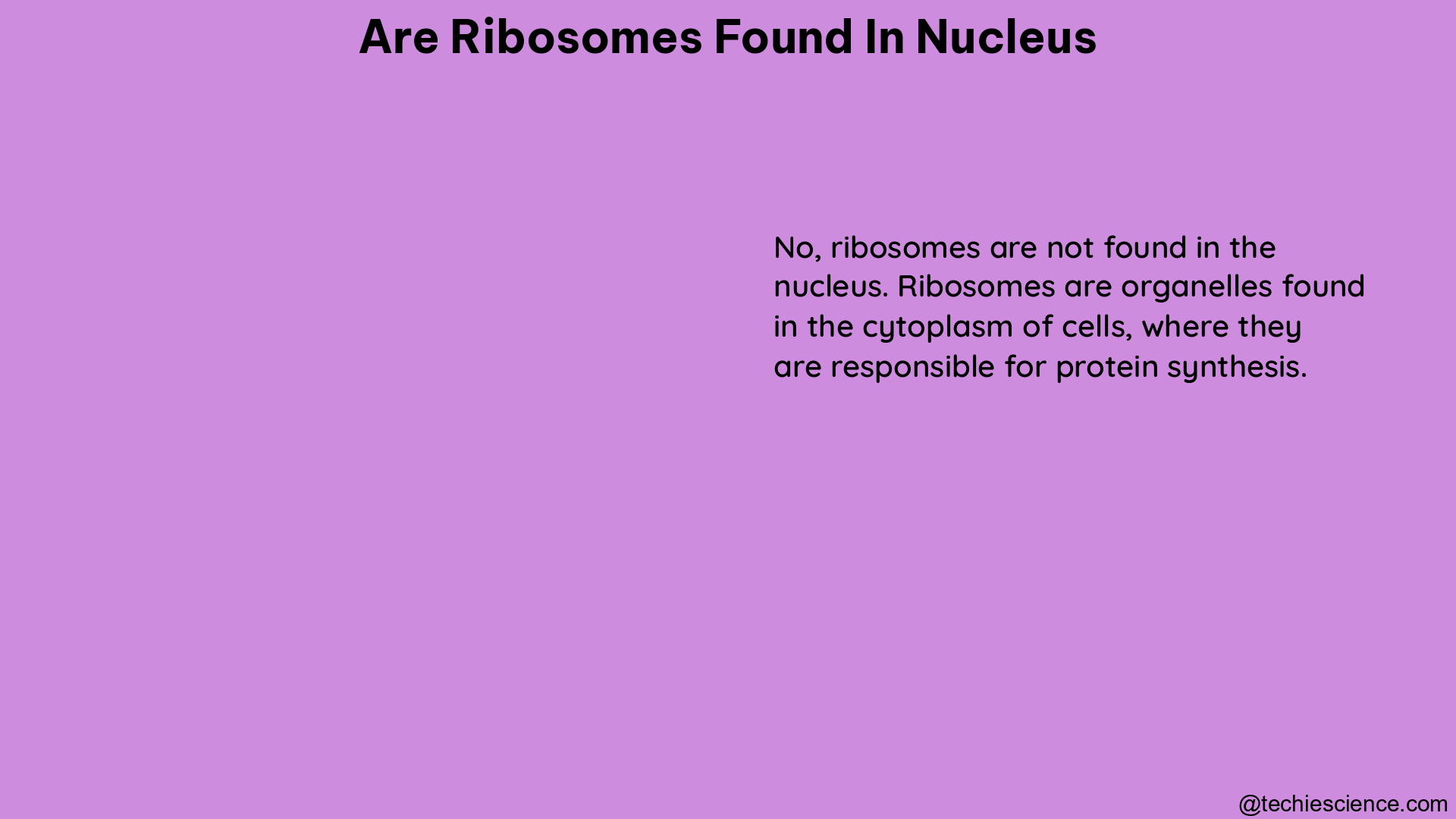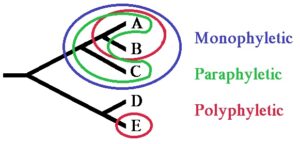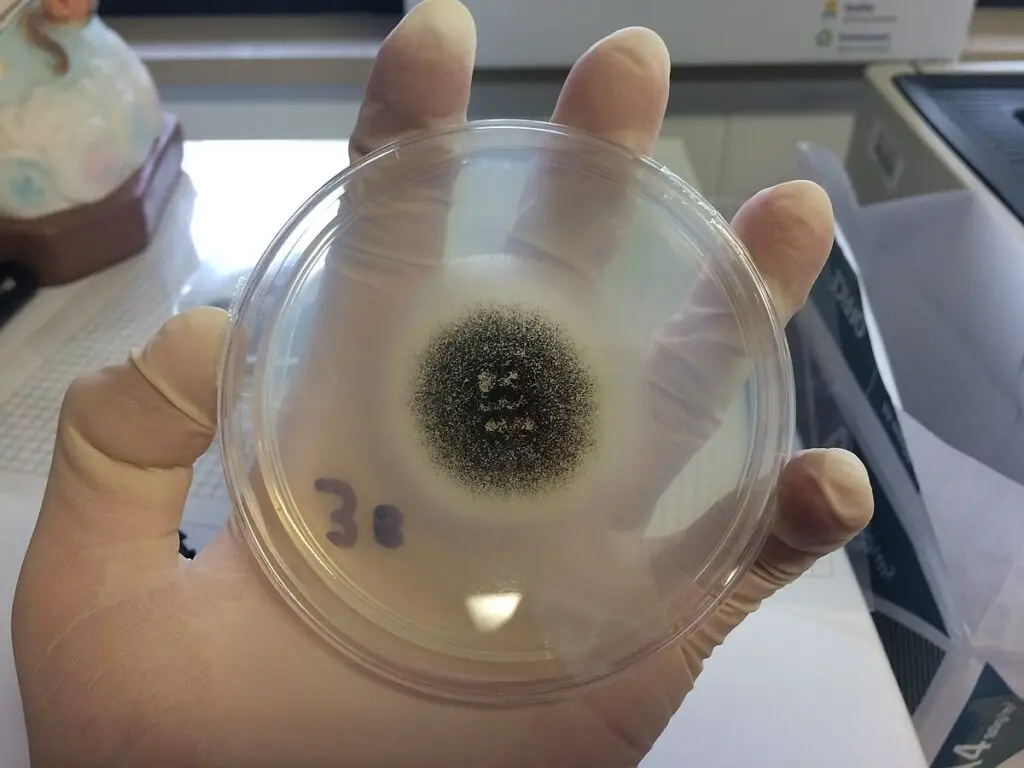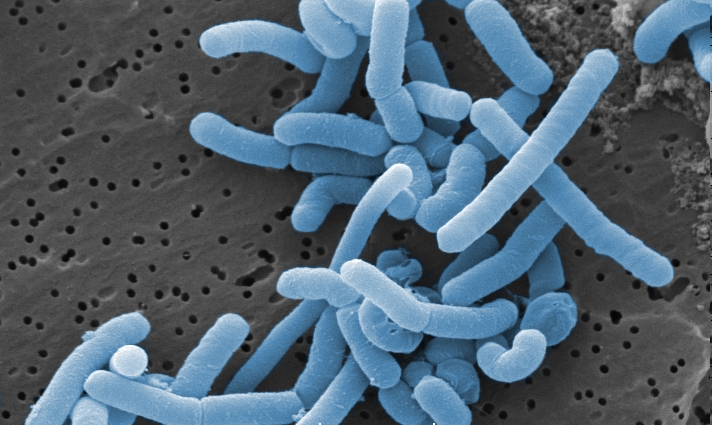Proteases are a class of enzymes that play a crucial role in various biological processes, including development, differentiation, and the progression of several pathological conditions such as cancer, neurodegeneration, and infectious diseases. Understanding the nature and function of proteases is essential for elucidating their biological roles and harnessing them as diagnostic and therapeutic targets.
What are Proteases?
Proteases, also known as peptidases or proteinases, are enzymes that catalyze the hydrolysis of peptide bonds within proteins. They are responsible for the breakdown and processing of proteins, which is essential for a wide range of biological functions. Proteases can be classified into different families based on their catalytic mechanism, substrate specificity, and structural features.
Importance of Protease Activity

Protease activity is crucial for various biological processes, including:
-
Protein Degradation and Turnover: Proteases play a central role in the degradation and recycling of proteins, which is essential for maintaining cellular homeostasis and regulating protein levels.
-
Signaling and Regulatory Pathways: Proteases are involved in the activation and inactivation of signaling molecules, transcription factors, and other regulatory proteins, thereby modulating various cellular processes.
-
Immune Response: Proteases are involved in the activation of the complement system, the processing of antigens, and the regulation of inflammatory responses.
-
Tissue Remodeling and Wound Healing: Proteases are essential for the breakdown and reorganization of the extracellular matrix, which is crucial for tissue repair and regeneration.
-
Pathological Conditions: Dysregulation of protease activity has been implicated in the development and progression of various diseases, such as cancer, neurodegeneration, and infectious diseases.
Measuring Protease Activity
Protease activity can be measured using a variety of molecular tools and techniques, including:
-
Activity-Based Probes (ABPs): ABPs are designed to covalently bind to the active site of proteases, allowing for the detection and quantification of protease activity in complex biological samples.
-
Synthetic Peptide Substrates: Short synthetic peptides that mimic the natural substrates of proteases can be used to measure protease activity in vitro and in vivo.
-
Fluorogenic and Chromogenic Substrates: These substrates undergo a change in fluorescence or color upon cleavage by proteases, enabling the real-time monitoring of protease activity.
-
Noninvasive Enzyme Activity Sensors: These sensors, such as those based on bioluminescence or fluorescence, can be used to measure protease activity in living organisms without the need for invasive procedures.
-
Computational Tools: Bioinformatics tools and algorithms have been developed to identify protease substrates and cleavage sites, which can aid in the design of new activity-based probes and synthetic peptide substrates.
Proteases as Diagnostic and Therapeutic Targets
The ability to measure and manipulate protease activity has led to the development of various diagnostic and therapeutic applications:
-
Disease Biomarkers: Protease activity can be used as a biomarker for the early detection and monitoring of various diseases, such as cancer, neurodegeneration, and infectious diseases.
-
Biological Imaging: Protease-activated probes and sensors can be used for the in vivo imaging of protease activity, which can provide valuable information about disease progression and treatment response.
-
Drug Discovery: Proteases are important targets for the development of new therapeutic agents, and the ability to measure their activity is crucial for the screening and optimization of drug candidates.
-
Activity-Based Diagnostics and Therapeutics: Engineered protease-activated probes and sensors can be used to trigger the specific activation of diagnostic or therapeutic agents in response to disease-associated protease activity.
Challenges and Future Directions
While significant progress has been made in the field of protease research, there are still several challenges and areas for further development:
-
Rapid Identification and Characterization of New Substrates and Sensors: Developing efficient methods for the identification, design, and characterization of new peptide substrates and activity-based sensors remains a major bottleneck in advancing protease research and applications.
-
Improving Computational Tools: Current protease databases and analytic tools focus primarily on endogenous substrates and cleavage sites, and there is a need to expand these resources to include synthetic activity-based sensors and large-scale libraries of synthetic peptides.
-
Translating In Vitro Findings to In Vivo Applications: Bridging the gap between in vitro protease activity measurements and their relevance in complex in vivo systems is crucial for the successful development of diagnostic and therapeutic applications.
-
Addressing Specificity and Selectivity Challenges: Developing highly specific and selective protease activity probes and sensors is essential for accurate measurements and targeted therapeutic interventions.
-
Integrating Protease Activity Data with Other Biological Datasets: Combining protease activity data with other omics data, such as transcriptomics, proteomics, and metabolomics, can provide a more comprehensive understanding of the biological roles and regulation of proteases.
By addressing these challenges and continuing to advance the field of protease research, scientists and clinicians can unlock the full potential of proteases as diagnostic and therapeutic targets, ultimately leading to improved patient outcomes and advancements in various areas of biomedicine.
References:
- Sigma’s Non-specific Protease Activity Assay – Casein as a Substrate. (2023-02-19). Retrieved from https://www.youtube.com/watch?v=YS6EUxQsn1k
- Protease Activity Analysis: A Toolkit for Analyzing Enzyme Activity Data. (2022-03-08). Retrieved from https://www.biorxiv.org/content/10.1101/2022.03.07.483375v1.full.pdf
- Protease Activity Analysis: A Toolkit for Analyzing Enzyme Activity Data. (2022-07-06). Retrieved from https://www.ncbi.nlm.nih.gov/pmc/articles/PMC9301967/
- Novel Method for the Quantitative Analysis of Protease Activity – NCBI. (2021-01-25). Retrieved from https://www.ncbi.nlm.nih.gov/pmc/articles/PMC7876679/
